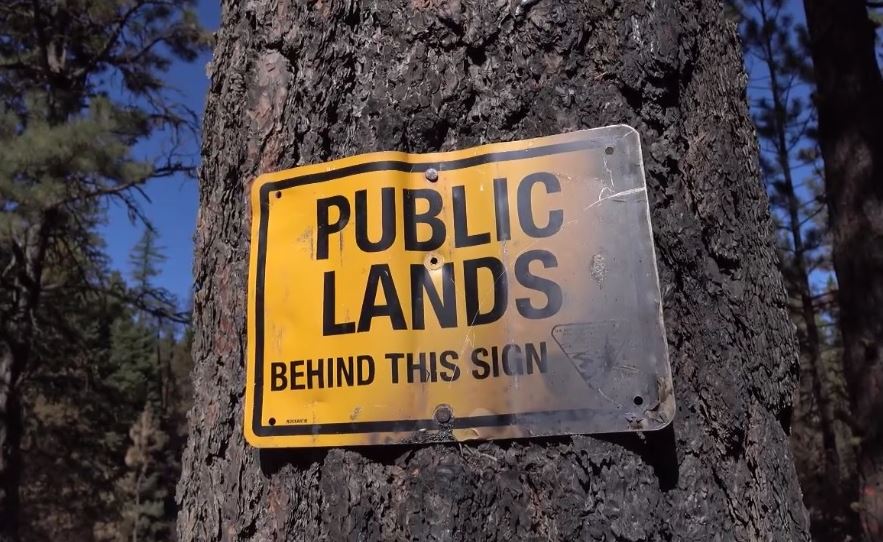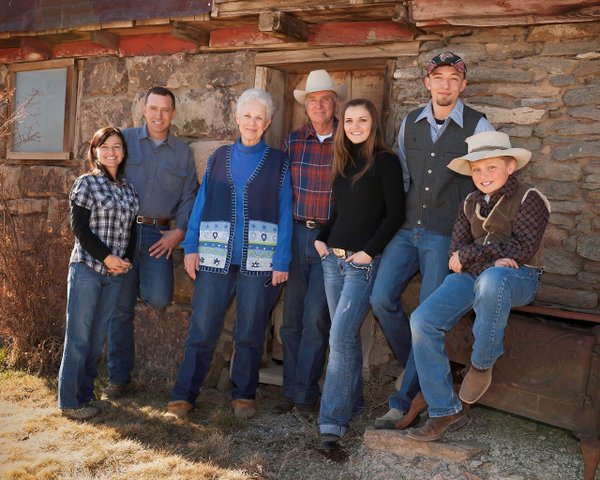Give public lands to states for management

Wildfires often start on federal land, and the agencies responsible for the bulk of the federal estate – BLM, U.S. Forest Service and Fish and Wildlife Service – have earned their reputations for poor stewardship. New Mexico’s Gov. Michelle Lujan Grisham called on the federal government to overhaul prescribed burn procedures and prohibit them in windy, dry conditions. New Mexicans are rightly frustrated that federal officials miscalculated so catastrophically by igniting a prescribed burn at this time of year.
Forty-seven percent of the territory in 11 contiguous western states and Alaska are managed by the federal government, with states like Nevada subject to 80% federal ownership of their land. In contrast, the federal government only owns .3% of states like Connecticut and Iowa, and even Washington, DC – the seat of federal power – is less than 25% federally administered. Outsized federal control in the West violates the equal footing doctrine underpinning the inherent equality of the states.
This control also degrades public lands. Federal woodlands are choked with unsustainable fuel loads, and according to the BLM’s own assessments, the West is pockmarked with millions of acres of degraded federal grazing lands. Of the 640 million acres the federal government owns, 100 million acres are at high risk for wildfire, and the U.S. Forest Service alone faces a forest restoration backlog of 80 million acres with 63 million acres in high or very high risk areas for wildfire. Local control leads to superior management, and states like Nevada and Utah have commissioned exhaustive reports overflowing with innovative ideas to prepare and manage select parcels of federal land within their state lines.
The United States could also learn from Canada’s territorial devolution experience. In 2001, Yukon entered a devolution agreement with Ottawa that gradually and systematically ceded land from the Canadian federal government to the territory. Twenty years later, Yukon has the lowest unemployment rate in Canada at 3.3%, well below the nation’s average of 6.5%, a $39 million budget surplus and a long-standing record of economic growth built on maximizing both eco-tourism and mining – growth that continued during the pandemic. Northwest Territories, the second territory to devolve, enjoys a 5.3% unemployment rate and anticipated economic growth of 5.7%.
The brief relocation of BLM headquarters to Grand Junction, Colorado, in 2019 was a hopeful sign the federal government recognized how far removed it had become from the land under its care. However, the Biden administration reversed the move last year. As drought conditions in western states continue, competent management of America’s public lands is crucial to prevent the catastrophic wildfires devastating America’s West. Practical solutions exist, and the states are best positioned to implement them, rapidly adjusting to conditions on the ground with a nimbleness that federal agencies lack.
Karla Jones
Sr. Director, International Relations and Federalism
American Legislative Exchange Council
Subscribe to RANGE magazine
Call 1-800-RANGE-4-U



Comments
Comments are closed.